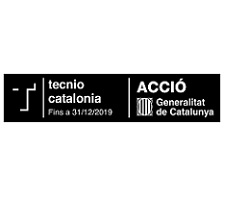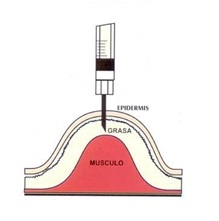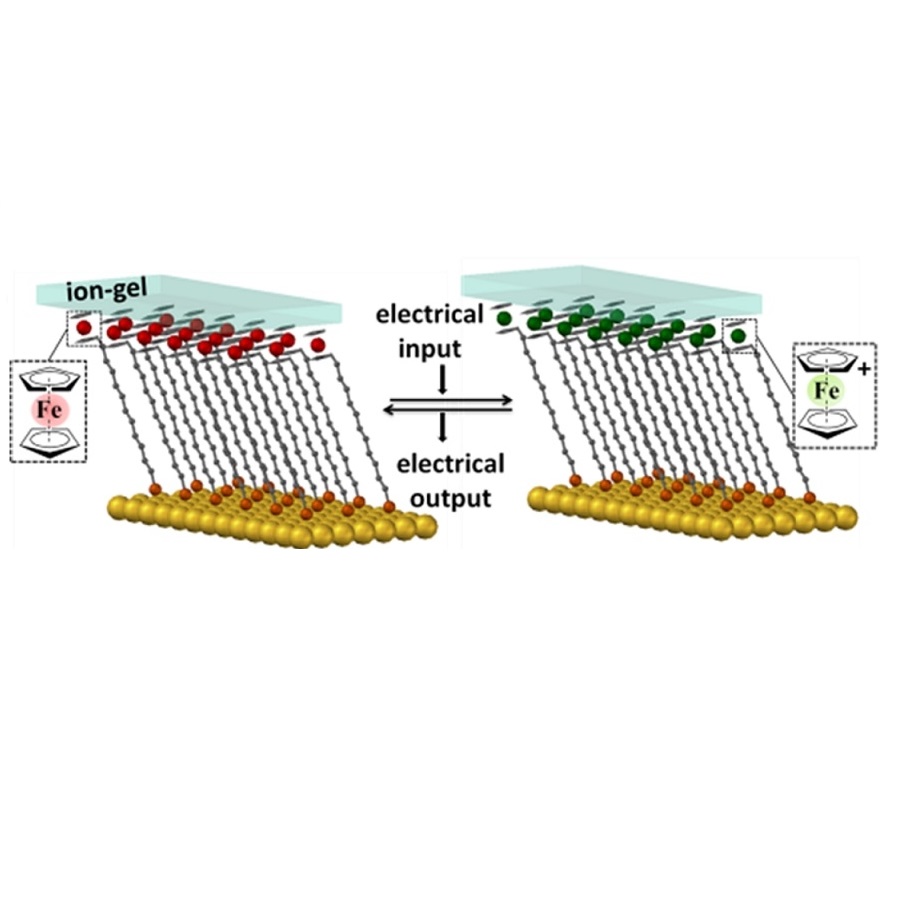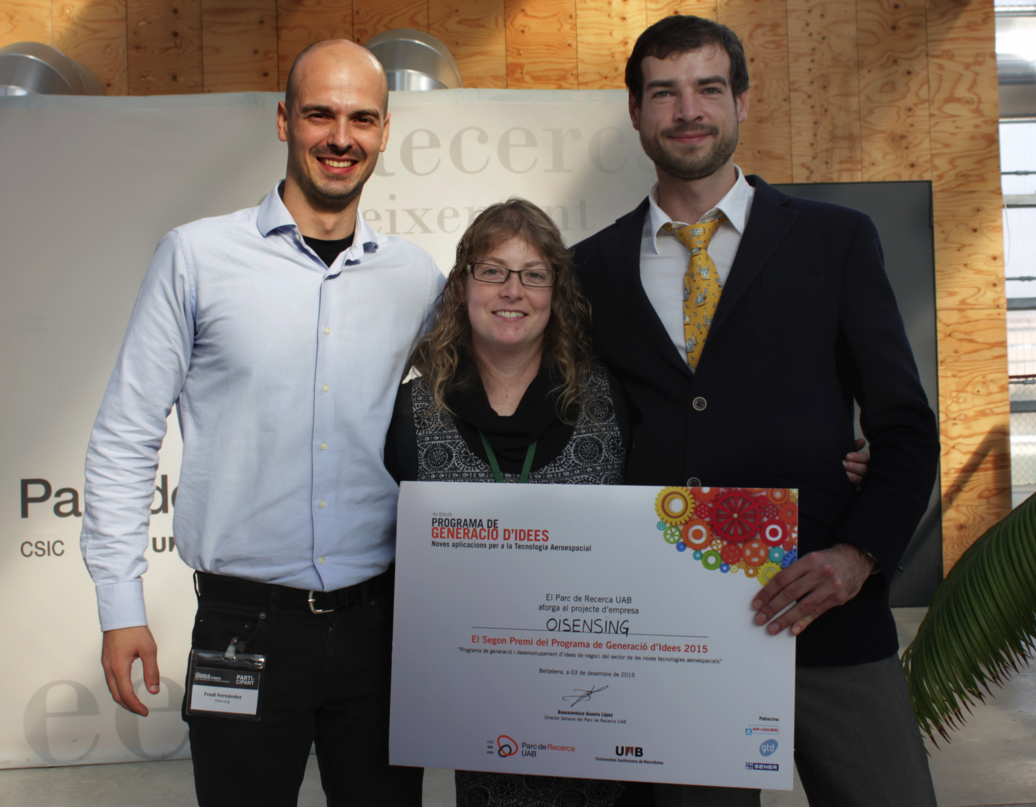
NANOMOL-CSIC of CIBER-BBN is one of the 54 accredited institutions in Catalonia with the new TECNIO seal
At the event held on April 7th 2016, chaired by Hon. Mr. Jordi Baiget, Minister for Business and Enterprise of the Generalitat of Catalonia, were presented the first 54 organizations accredited with the seal TECNIO, four of which are part of the CSIC. The accreditation is the hallmark TECNIO granted by the Government of Catalonia, through ACCIÓ to identify the developers and facilitators of differential technologies in Catalonia.

New project for Nanoparticles for Subcutaneous Administration of Antitumour Compounds
11 March 2016
Nanomol group from CSIC and NanoBioCel group from UPV are involved in the project UNDERLIPIDS in the framework program of Retos de Colaboración, led by the company Pharmamar, and funded by the EU and the Ministry of Economy and Competitiveness. The project seeks to develop a suitable and effective formulation for subcutaneous administration of an antitumour drug as a solid dispersion.

Magnetic and Electrochemical Properties of a TEMPO-Substituted Disulfide Diradical in Solution, in the Crystal, and on a Surface
Vega Lloveras, Elena Badetti, Klaus Wurst, Victor Chechik, Jaume Veciana, and Jose Vidal-Gancedo Chem. Eur. J. 2016, 22, 1805 – 1815. DOI: 10.1002/chem.201503306
A study of the magnetic and electrochemical properties of a TEMPO-substituted disulfide diradical in three different environments was carried out: in solution, in the crystal, and as a self-assembled monolayer (SAM) on an Au(111) substrate, and the relationship between them was explored. In solution, this flexible diradical shows a strong spin-exchange interaction between the two nitroxide functions that depends on the temperature and solvent. Structural, dynamic, and thermodynamic information has been extracted from the EPR spectra of this dinitroxide. The magnetic interactions in the crystal include intra- and intermolecular contributions, which have been studied separately and shown to be antiferromagnetic in both cases. Finally, we demonstrate that both the magnetic and electrochemical properties are preserved upon chemisorption of the diradical on a gold surface. The resulting SAM displayed anisotropic magnetic properties, and angle-resolved EPR spectra of the monocrystal allowed a rough determination of the orientation of the molecules in the SAM.

An Electrically Driven and Readable Molecular Monolayer Switch Based on a Solid Electrolyte
Elena Marchante, Nuria Crivillers, Moritz Buhl, Jaume Veciana, and Marta Mas-Torrent
Angew. Chem. Int. Ed. 2016, 55, 368–372; DOI: 10.1002/anie.201508449
HOT PAPER
The potential application of molecular switches as active elements in information storage has been demonstrated through numerous works. Importantly, such switching capabilities have also been reported for self-assembled monolayers (SAMs). SAMs of electroactive molecules have recently been exploited as electrochemical switches. Typically, the state of these switches could be read out through their optical and/or magnetic response. These output reading processes are difficult to integrate into devices, and furthermore, there is a need to use liquid environments for switching the redox-active molecular systems. In this work, both of these challenges were overcome by using an ionic gel as the electrolyte medium, which led to an unprecedented solid-state device based on a single molecular layer. Moreover, electrochemical impedance has been successfully exploited as the output of the system.

The OISensing project awarded by the UAB Research Park in the frame of Ideas Generation Program
The OISensing project has won the prize from Ideas Generation Program. This project has developed a BL (Bi-Layer) film made of a new material completely organic and sensitive to infrared radiation. The characteristics of this material make it optimal for low-cost sensors used in the objects detection on large distances, with lower consumption and without need of refrigeration. It has been driven by researchers Dr. Victor Lebedev and Prof. Jaume Veciana from the NANOMOL group, Dr. Ana Magrasó from the Catalan Institute of Nanoscience and Nanotechnology (ICN2) and Fredi Fernández, a specialist in sales and marketing.
Sensors that developed based on BL Films have special interest for using them in areas such as surveillance, safety and industrial process control. Specifically, they use drones to carry out risk prevention tasks, rescue and fire control. The sensors have higher sensitivity, 70 times lower price than the currently used materials and no require complex electronics to optimize energy consumption. The sensors also are bringing an environmental and safety benefits for manufacturers, since the material (full organic) is not composed of toxic elements that are typically required in today's detectors.
The prize consists of 1,500 euros and three months of incubation in the Eureka building.








 News
News